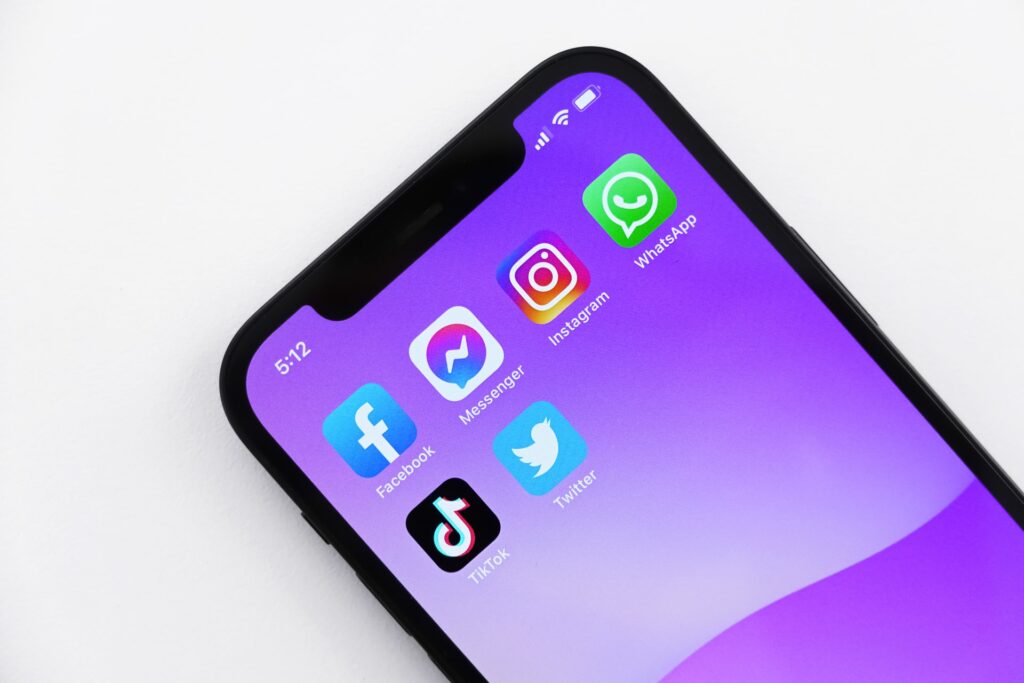
One thing in business is certain. There’s no shortage of buzzwords and phrases. Here are just some that I’ve seen in use recently.
- Knowledge transfer.
- Price point.
- Intersection.
- Deep dive.
- Disrupt.
- Ruckus.
- Knowledge transfer.
- Ideate.
- Pragmatic.
- Whiteboard it.
- Paradigm.
Buzzwords are used by people, in an effort to appear informed or fashionable. Interestingly, using buzzwords has the total opposite effect.
Here’s how they work against us and our marketing.
- Buzzwords make informed people cringe. Not only is this embarrassing, it’s a terrible idea if we want our peers to take us seriously or recommend us.
- Buzzwords confuse the uninformed. And that’s the last thing we need, when we want people to understand our message.
In short, buzzwords not only add nothing positive to our marketing, they actively weaken it. And because they’re totally unnecessary, we can remove them with no negative impact.
Remember: One of the keys to effective marketing is to always aim for clarity.








